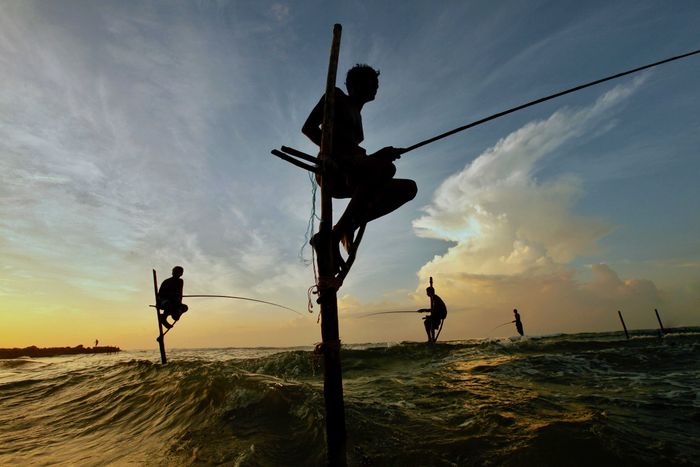
We are honored to work with the organisations listed below. Our work would also not be possible without the generous support of our funders and donors. We can not thank them enough.
Our current partners include:
- The Tarayana Foundation in Bhutan
- The Royal Family of Bhutan
- The Government of Bhutan
- La Casa de la Cultura Mazahua in Mexico
- ECOLIFE in Mexico
- The community and authorities of Crescencio Morales in Mexico
- Banamex Fomento Cultural in Mexico
- Nomadic Expeditions in Mongolia
- The Kazakh Falconry Association in Mongolia
- The Governor of Bayan-Ulgii province in Mongolia
- Wildlife Science and Conservation Center in Mongolia
- Te Hina O Motu Haka Association in the Marquesas
- City Hall of Nuku Hiva in the Marquesas
- U'Mista Centre, Alert Bay, Canada
- Lindblad Expeditions
- Big Life in Kenya
- The Javari Project in Brazil
- Forest Trends in Brazil
- CauseCentric Productions
- The Celine Costeau Film Fellowship in Brazil
- The Jocotoco Conservation Foundation in Ecuador
- New Guinea Binatang Research Center in PNG
- CTTC (Centro de Textiles Tradicionales del Cusco) in Peru
- Fundacion Rewilding Chile, the legacy of Tompkins Conservation
- Around The World in 80 Fabrics
- UN Development Programme
- UNESCO
- Saving Nature
Our significant donors include:
- Chris Baker and Colleen Baker
- The Baktun Foundation
- Steve Bell and family
- Cisco Systems, Inc
- Victoria Collis and Riverpath Associates
- The Comiskey Family
- Laure and Thierry de Panafieu
- Catherine Hiesiger
- The Lehman Foundation
Lindblad Expeditions
Sven and Kristin Lindblad's Wanderlust Foundation
Linklaters LLP
Lorinet Foundation
The Magid Family's Marble Foundation
Heather Mattera
The McKendrick family
Natural Habitat Adventures
Drs. Susan Nedza and Oswaldo Lastres
The Nicholls family and The Australian Recruitment Company
The Ramsay family
The Rees family
The Rodondi family
The Ross family
The Rowe family
StarAnimalSundays Inc
The Sustainable Ocean Alliance
- Mark Turner and family
"To save the places on earth with the greatest biodiversity we must work with the people who live there and have protected their land while living sustainably for millennia. The Cultural Sanctuaries Foundation aims to do this by working with people to create sanctuaries for people and nature. The work of The Cultural Sanctuaries Foundation is important in many ways, including some that we do not yet understand.” Eileen de Ravin, Senior UN consultant and formerly UNDP Equator Initiative manager
